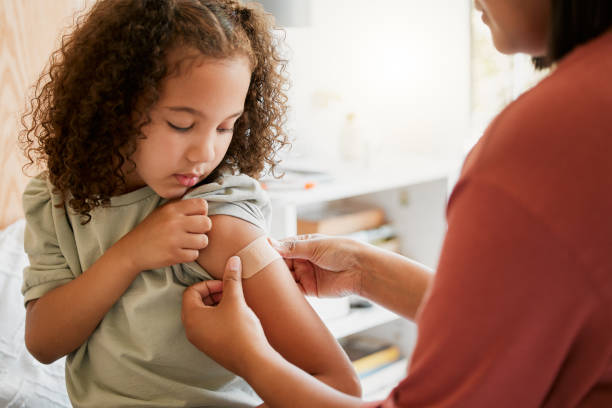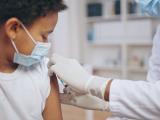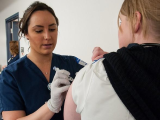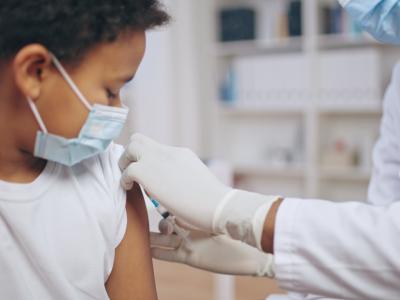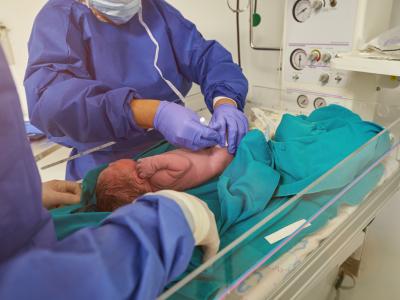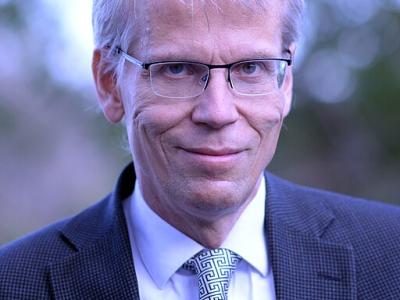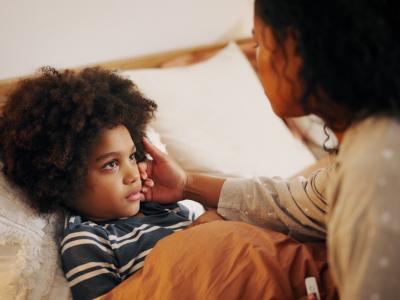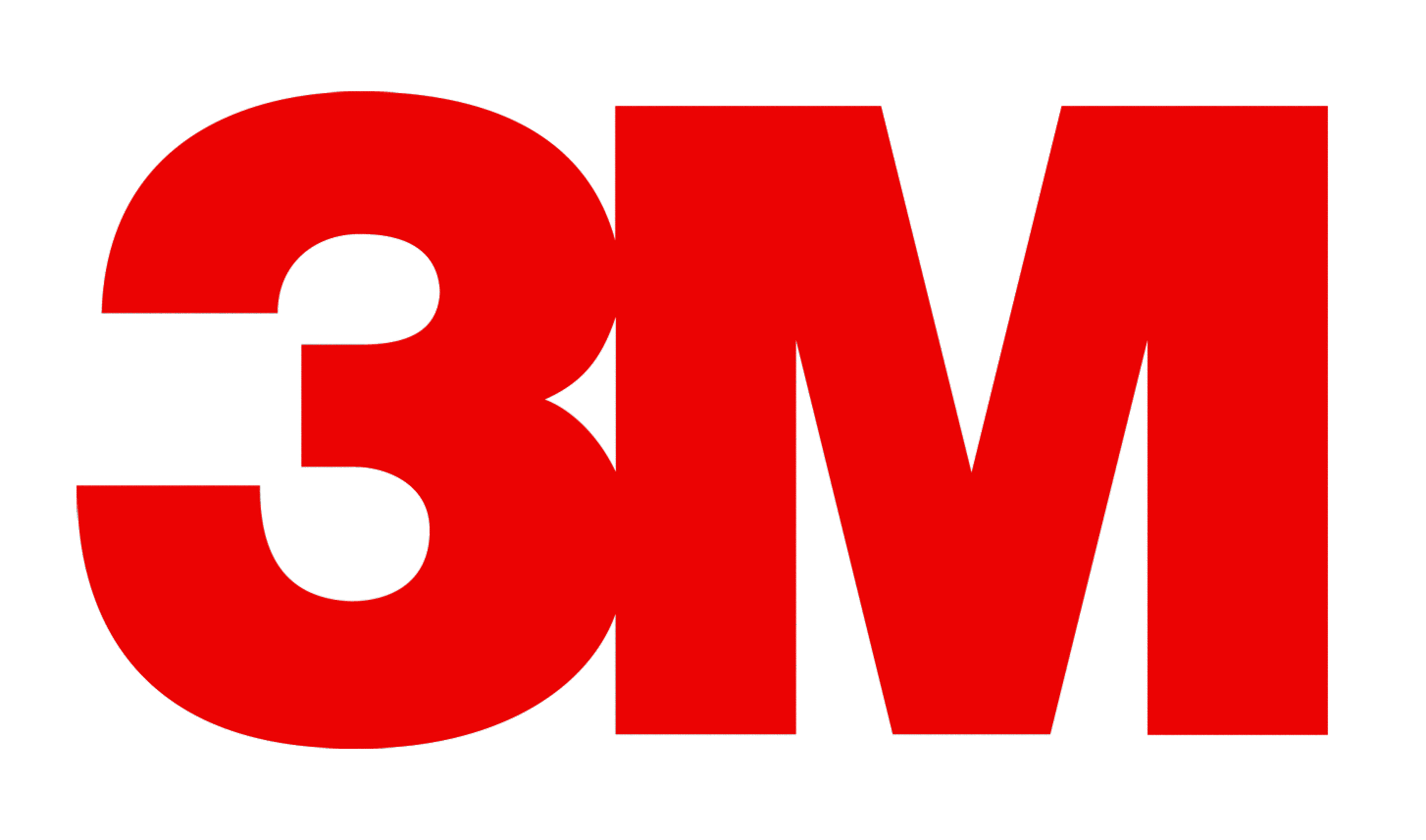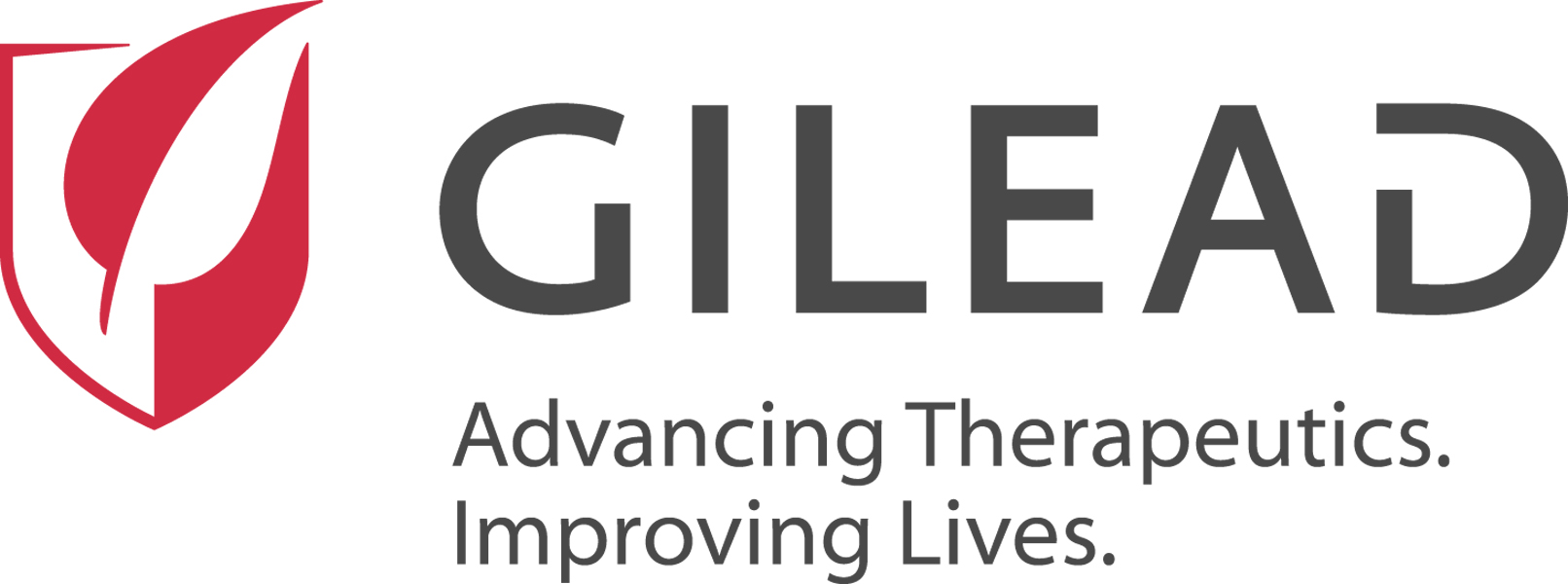A meta-analysis of 51 studies published today in JAMA Network Open estimate a 28–percentage-point increase in influenza vaccine effectiveness (VE) from a second inactivated dose for vaccine-naive children younger than 3 years. But no significant increase was observed when the age range was broadened to those younger than 9 years.
Researchers in Australia and California analyzed peer-reviewed studies published from 1998 to 2024 that reported vaccine VE against influenza infection by number of doses among flu vaccine–naive children aged 6 months to 8 years. Modeling and cost-effectiveness studies were excluded. In total, the studies involved 415,050 participants.
"Based on the findings of immunogenicity studies, the World Health Organization has recommended influenza vaccine–naive children younger than 9 years receive 2 doses of influenza vaccine in the first year of vaccination," the researchers noted.
"It is theorized that 2 doses are necessary for influenza vaccine–naive children because they may also be influenza infection–naive and therefore do not benefit from the boosting of naturally acquired antibodies," they added. "However, the evidence supporting the seropositivity threshold for children is limited."
No second-dose benefit for older children
The researchers estimated a statistically significant increase in VE of 28 percentage points (52%) for a second dose of inactivated flu vaccine (IIV) in the first year of vaccination for vaccine-naïve children younger than 3 years but no significant increase (15 percentage points; 43%) when the age range was expanded to children younger than 9 years.
The pooled VE for one dose of IIV from studies of children younger than 3 years compared with those of children up to 8 years old was 14% and 35%, respectively.
An insufficient number of estimates precluded evaluation of the incremental benefit of a second dose of live attenuated influenza vaccine (LAIV), the authors noted. Pooled one-dose LAIV efficacy (51%) was similar to pooled second-dose IIV efficacy, and second-dose LAIV efficacy was significantly higher (82%).
But pooled one-dose LAIV VE (26%) was comparable with one-dose IIV VE (35%). Thus, the difference in efficacy between LAIV and IIV may be a function of seasonal variation in antigenic similarity between vaccine and virus rather than improved protection, the authors said.
Many observational studies at risk for bias
Most (23 of 28) of the direct comparisons categorized children as partially or fully vaccinated rather than by number of doses received. The pooled estimates from these studies were 32% for partial vaccination and 43% for full vaccination.
Additional high-quality studies are needed to assess the impact of the 2-dose schedule for both vaccine types by age to determine the age range for which a 2-dose schedule is beneficial.
The authors cautioned that few randomized controlled trials assessed the protection offered from one and two doses in the same season or seasons and populations and that many of the observational studies were at a critical risk for bias from misclassification.
"Our findings suggest the second dose of inactivated influenza vaccine confers additional protection for influenza vaccine–naive children younger than 3 years but that the benefit attenuates with age," they wrote. "Additional high-quality studies are needed to assess the impact of the 2-dose schedule for both vaccine types by age to determine the age range for which a 2-dose schedule is beneficial."
